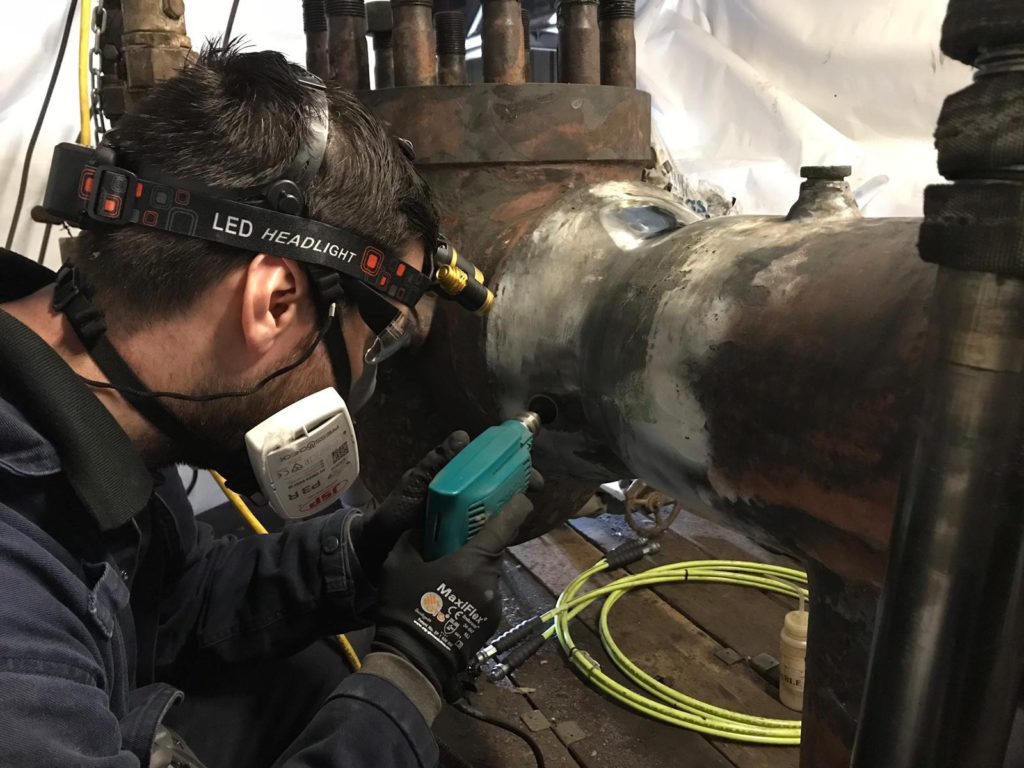Onsite metallurgical replication is an adaptable tool that can be used for the identification and characterisation of a wide range of metallurgical degradation mechanisms and defects. In essence this technique enables a carbon copy of the underlying material microstructure, without requiring the removal of a physical sample. In the context of high temperature plant, this technique is commonly used to identify carbide degradation and creep damage within carbon and low alloy steels. Subsequently, the microstructural characteristics can be compared with industry accepted grading systems with the aim of quantifying the level of damage encountered. The output of metallographic replication can be utilised to determine the useful remaining life of critical equipment, and as such it bears significant influence upon plant safety, the continuity of plant operations and capital investment decisions. Given the importance of the decisions that can be made based on the results of metallurgical replication, it is essential that the contractor undertaking such an assessment understands the equipment that is being assessed. The locations that are selected for assessment should be those that are subject to high temperature and/or stress, ideally incorporating welds located in these regions.
Creep damage generally manifests within a metals microstructure as voids within the microstructure. With increasing exposure to temperature and /or stress, the number of voids will increase. The microstructure can be classified for creep damage relative to the amount of voids that can be observed. However, carbides within the microstructure can easily be mistaken for voids, even by the most experienced metallurgist which could result in an incorrect classification. Given the magnitude of the decisions that can be made based on the results, this is clearly unacceptable.
R-TECH Materials adopt an approach of taking replicas in the unetched state with the purpose of being able to compare them with those in the etched condition. The comparison of these two states can facilitate the identification of actual creep damage. For more information, please contact us at info@r-techmaterials.com. Or, if you would like to know more about our Failure Analysis services? Contact us today!
